We were met at the Airport exit by a driver from the Camel Dive Club so our transfer, despite the weight of our dive gear, was totally painless.
The Airport is only a few miles north of the town (incoming aircraft pass over at less than 1000 m) so we were checked in less than 90 minutes after landing.
The Camel and Naama Bay
The Camel Dive Club is less than 50 metres from the sea in Naama Bay, the tourist centre of Sharm el Sheikh, which is a couple of miles north of the Old Town.
When Israel handed Sinai back to Egypt in 1983 Naama Bay was uninhabited - but the wonderful diving here was already well-known.
The original Camel Dive Club was built in 1986 on the sand roughly where the present hotel is and has grown with the resort.
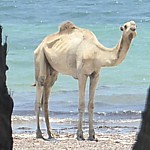
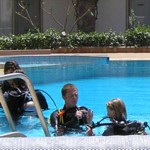
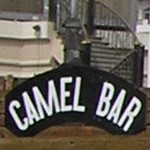
It is not a five star hotel but it is extremely comfortable and ideal for diving and snorkeling. The roof bar is quite cheap, friendly, and convivial.
The swimming pool, unlike most resort hotels where it would be a few inches deep for the kiddiwinks, is several metres deep for diving lessons.
The beach is about 50 metres from the hotel and less than 20 metres offshore is a small reef. The coral is lousy (kicked to shreds by a LOT of people)
but the fish are magnificent. In a short evening snorkel we saw lionfish, parrotfish (of course), an eagle ray, several stingrays, garden eels,
a moray, clownfish in an anemone, innumerable different sorts of angelfish, butterflyfish, surgeonfish, triggerfish, goatfish and wrasse, and
a napoleonfish who must have weighed in at well over 100 kg swimming in water less than two metres deep.
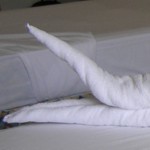
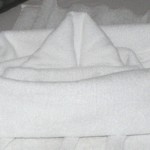
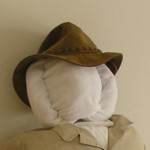
The Camel's chamberlads (they don't have chambermaids) are accustomed to fold the new towels into fantastic shapes before laying them out on the beds.
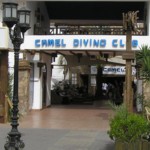
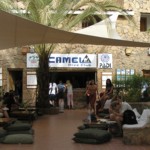
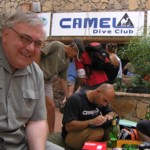
The Camel Diving Centre is extremely efficient and professional, but still relaxed and friendly. There is a diving centre and a Padi Diving School
at the hotel, shown in the pictures above, with a lobby where beer, snacks and soft drinks are served and people can sit around and discuss the day's dives.
Camel also has diving centres at several resorts. The one at Paradise Bay, where Carol and I did a night dive, is shown below.
The floating jetty runs out to a reef wall which drops abruptly from near the surface to a depth of over 20 metres.
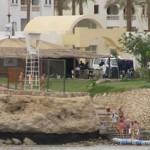
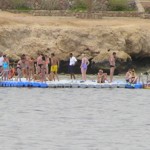
Camel operate their own dive boats, which load at the Naama Bay Dive Boat Jetty. Camel has a lot of divers each day (they don't all stay at the Camel Hotel)
and there are six to ten boats. Each has its own boat crew, who mostly live in the boat, and their galleys prepare hot lunches for the 10-25 divers on board.
The cooking is excellent - which is remarkable given the small, and quite simple, galleys - and costs only 45 Egyptian pounds (Approx £4/€6/$8) per person.
The first and last pictures show Naama Bay and the desert beyond as well as the dive boats.
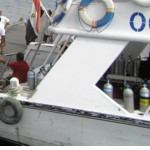
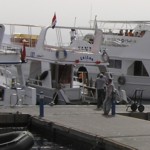
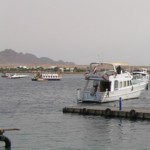
The next photos show the jetty and gear loading. Camel Dive are very organised - their staff bring people's dive gear (and air) to the boats. The gear
is in numbered boxes so that the right gear gets to the right boats. Note the parrot fish near the surface behind the man with the air bottles in the centre.
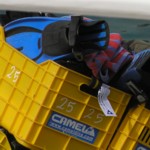
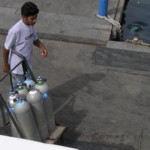
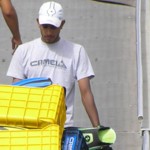
While we were in Egypt Al Qaida bombs in Dahab about 60 km north of Sharm killed 23 people and injured 85. As a result security in Sharm was very high.
As you can see from the photos everyone coming to the dive boat jetty was searched - Carol has just come through the detectors.


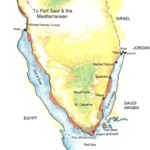
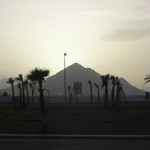 from the terminal building.
from the terminal building.













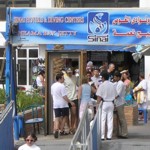
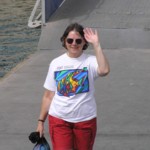
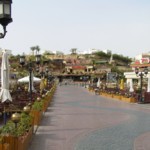
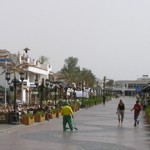
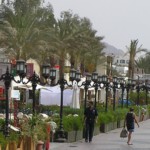
 in the main street.
in the main street.

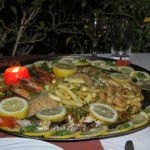
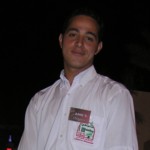

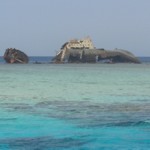
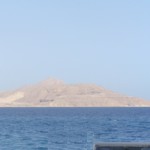
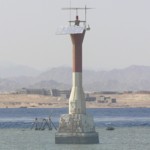
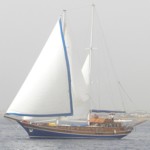
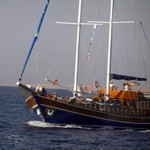
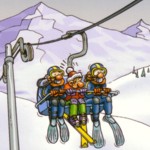
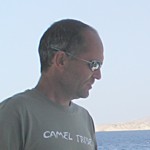 remarked to me that he was surprised and gratified at how much better our skills were than on our first day.
remarked to me that he was surprised and gratified at how much better our skills were than on our first day.
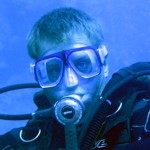
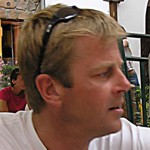 our instructor and planned the course with him.
our instructor and planned the course with him.
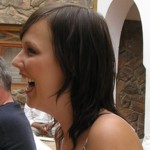
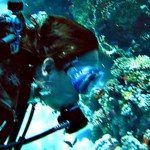
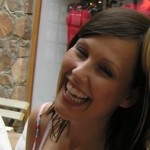
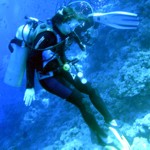
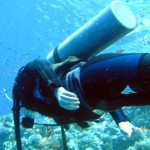
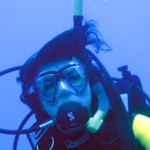
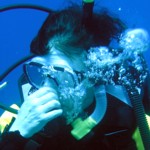
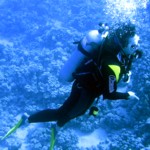
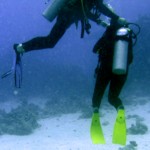
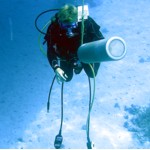
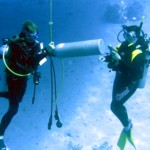
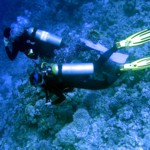
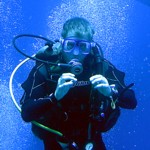
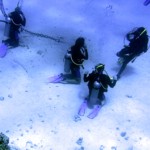
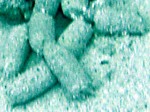
.jpg)
.jpg)
.jpg)
.jpg)
.jpg)
.jpg)
.jpg)
.jpg)
.jpg)
.jpg)
.jpg)
.jpg)
.jpg)
.jpg)
.jpg)
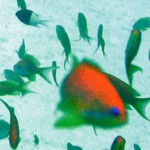
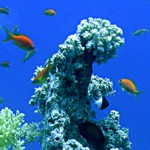
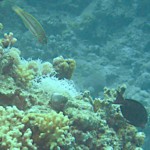
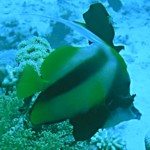
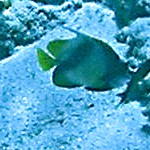
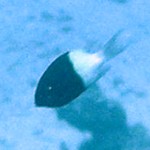
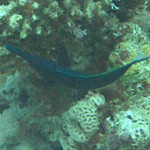
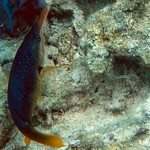
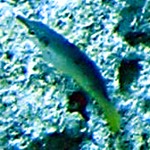
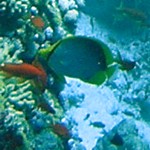
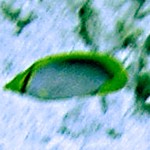
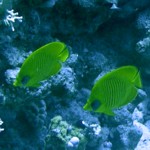
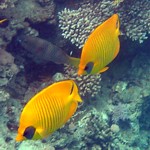
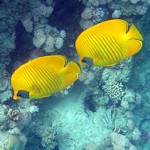
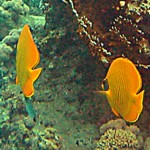
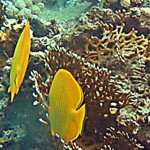
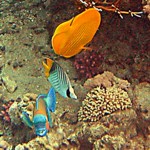
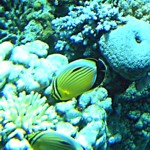
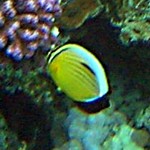
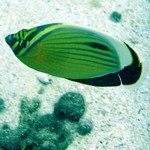
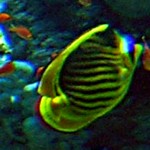
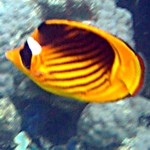
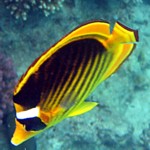
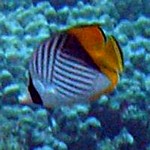
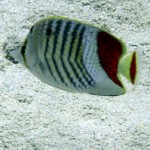
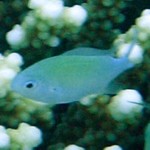
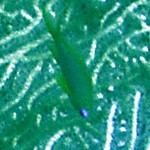
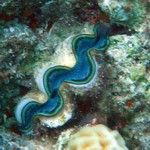
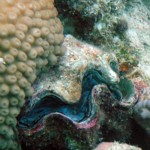
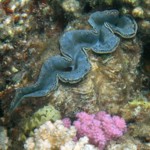
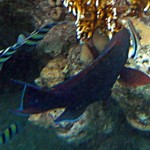
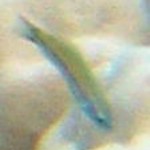
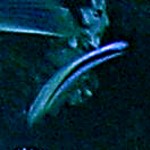
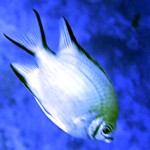
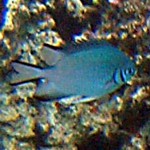
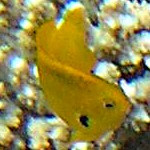
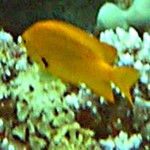
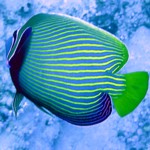
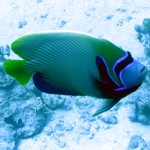
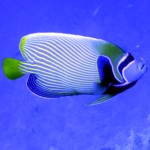
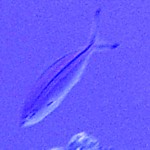
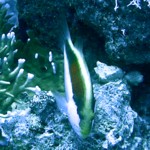
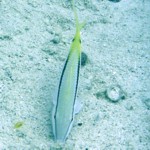
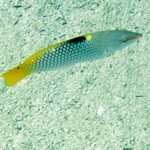
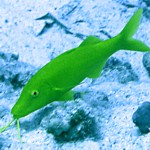
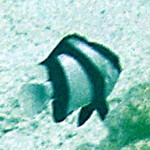
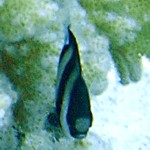
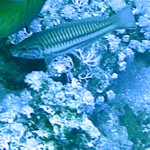
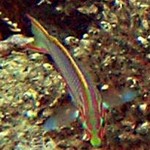
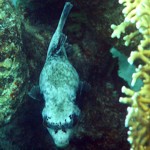
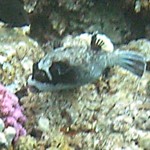
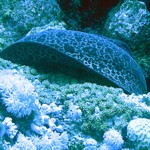
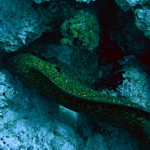
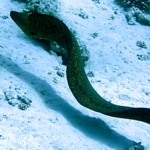
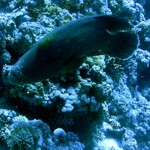
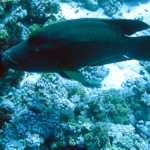
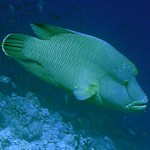
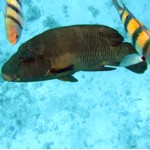
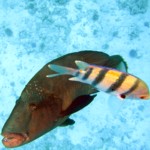
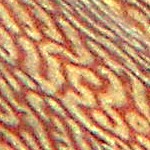
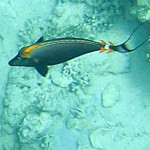
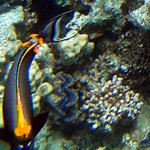
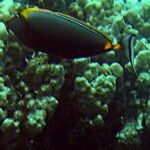
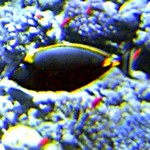
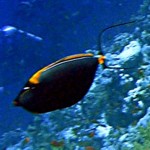
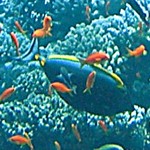
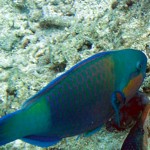
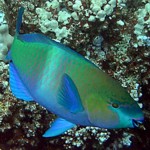
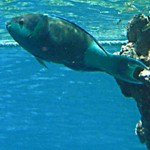
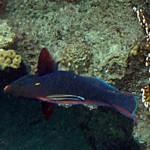
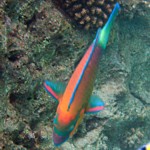

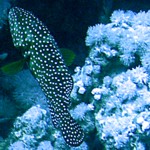
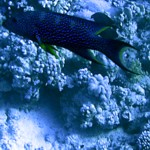
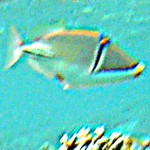
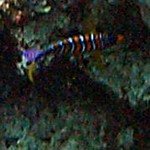
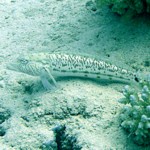
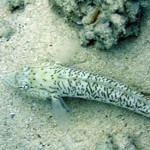
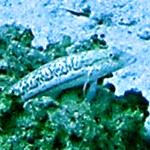
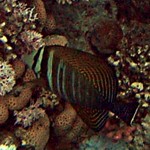
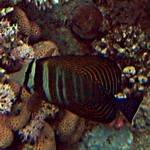
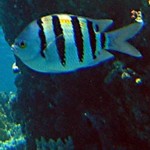
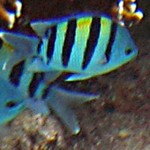
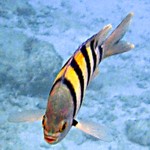
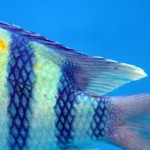
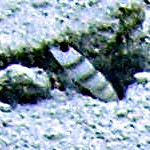
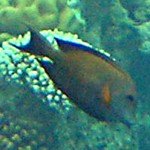
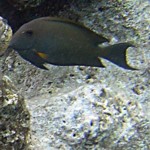
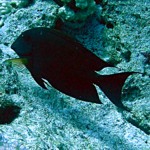
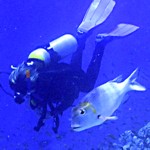
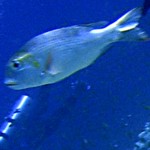
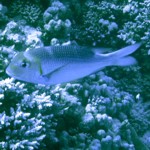
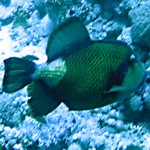
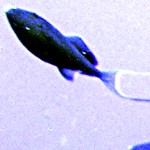
.jpg)
.jpg)
.jpg)
.jpg)
.jpg)
.jpg)
.jpg)
.jpg)
.jpg)
.jpg)
.jpg)
.jpg)
.jpg)
.jpg)
.jpg)
.jpg)
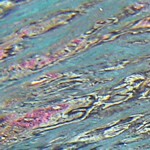
.jpg)
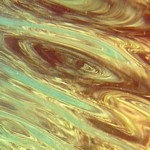
.jpg)
.jpg)
.jpg)
.jpg)
.jpg)
.jpg)
.jpg)
.jpg)
.jpg)
.jpg)
.jpg)
.jpg)
.jpg)
.jpg)
.jpg)
.jpg)
.jpg)
.jpg)
.jpg)
.jpg)
.jpg)
.jpg)